05:38, January 14, 2024
Lesson 2: Experience Bac Lieu
Bac Lieu is not only famous for the legend of the famous rich young master Bac Lieu, but also a land with very interesting cultural experiences such as amateur music, the identity of the Kinh, Khmer, and Chinese ethnic groups...
Cultural colors of Bac Lieu
Bac Lieu is the hometown of the famous musician Cao Van Lau, author of the famous song “Da Co Hoai Lang”. To commemorate and honor the talented musician, Bac Lieu province built a theater named after Cao Van Lau with the image of three conical hats. According to the explanation of the provincial leaders, the image of three conical hat roofs gathered together is also a symbol of the three most populous ethnic groups that have long lived together in Bac Lieu: Kinh, Chinese and Khmer.
Although not as multi-ethnic as many places in the Central Highlands, Bac Lieu is still a locality rich in identity with the coexistence and resonance of three main ethnic groups: Kinh, Khmer and Hoa. During their lives, the ethnic groups still work together, sympathize and harmonize but still maintain their unique identities.
 |
| Visit Bac Lieu Provincial Museum. |
After walking on the streets of Bac Lieu City, we stopped by a very important address for the history and culture of this land: Bac Lieu Provincial Museum at 25 Hai Ba Trung Street. The museum contains many valuable historical and archaeological artifacts for those interested in the Oc Eo period, the land of Thuy Chan Lap, Southern Buddhism... Tour guide Nguyen Thi Phuong led us around and introduced us. After briefly talking about the two ethnic groups Kinh and Khmer, she explained about the Chinese community in Bac Lieu: “The Chinese who came here were mainly those who drifted to our country (mainly in the Southwest region) when the Qing Dynasty came to power in China with the desire to oppose the Qing and restore the Ming. No matter where they went, the Chinese never lost their national identity. Just looking at the artifacts in this museum such as shoulder poles, containers, costumes, etc. is enough to see how well they have preserved their identity. Although their awareness of preserving cultural identity is very high, the Chinese people in Bac Lieu and other localities in Vietnam have always integrated with other ethnic groups, making important contributions to the construction and protection of the Vietnamese Fatherland.”
Visit the house of the young master of Bac Lieu
Coming to Bac Lieu, you cannot miss visiting the memorial house of the young master Bac Lieu built in 1919.
This house and the wealth of the young master of Bac Lieu have probably been mentioned by the press many times. The architecture and the luxurious and lavish furniture in the house show that the owner of the family of the young master of Bac Lieu, Tran Trinh Huy, was so rich that he was a country's richest man and liked to show off, so he was able to have this building. Anyway, the later generations still have a valuable architectural work with artifacts marking the time.
Just to reiterate one thing that the female tour guide at this location emphasized: “The young master of Bac Lieu was so rich and extravagant that he left behind many anecdotes, some true and some false. Folklore often adds and fictitious things, so we need to carefully consider receiving information. For example, there was no story of the Black and White young masters burning money to cook eggs, this story was just made up by people.”
 |
| Tourists listen to stories about the young master of Bac Lieu |
So, when visiting the house of the young master of Bac Lieu, besides witnessing the sky-high wealth and a valuable architectural work, satisfying the curiosity, what else will the viewer gain? The question seems a bit tricky, but thinking back, it has a basis.
According to the author of this article, coming here to see more clearly how big the gap between rich and poor was in the past, to see the extravagance and waste like the emperors of the big landlords who lived off the backs of the tenant farmers. That is why the poor people unanimously joined the revolution, liberated their lives, gradually eliminated exploitation and injustice, and built a prosperous and happy life. That is also the noble and consistent goal of genuine and thorough revolutions, so that the dreams and hopes of many people soon become reality.
(To be continued)
Lesson 3: "I heard that Ca Mau is very far away..."
Pham Xuan Dung
Source








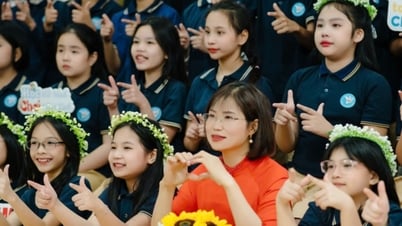









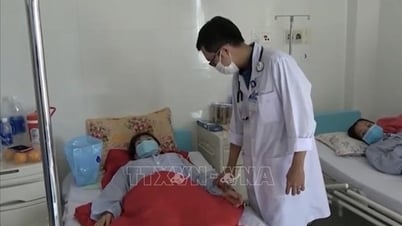




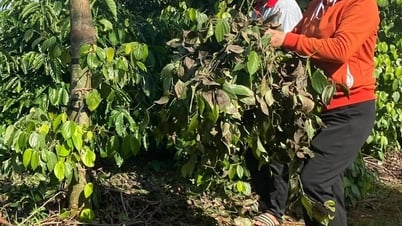










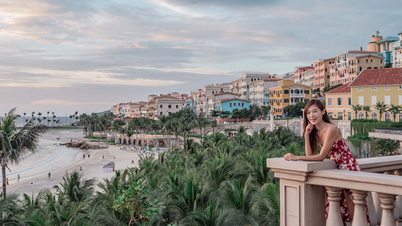
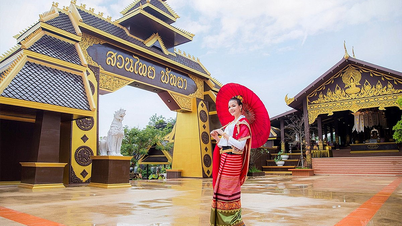


















































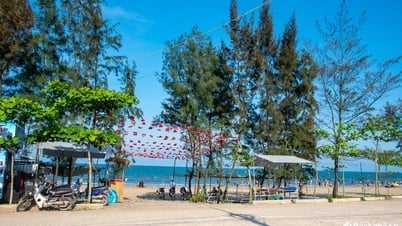














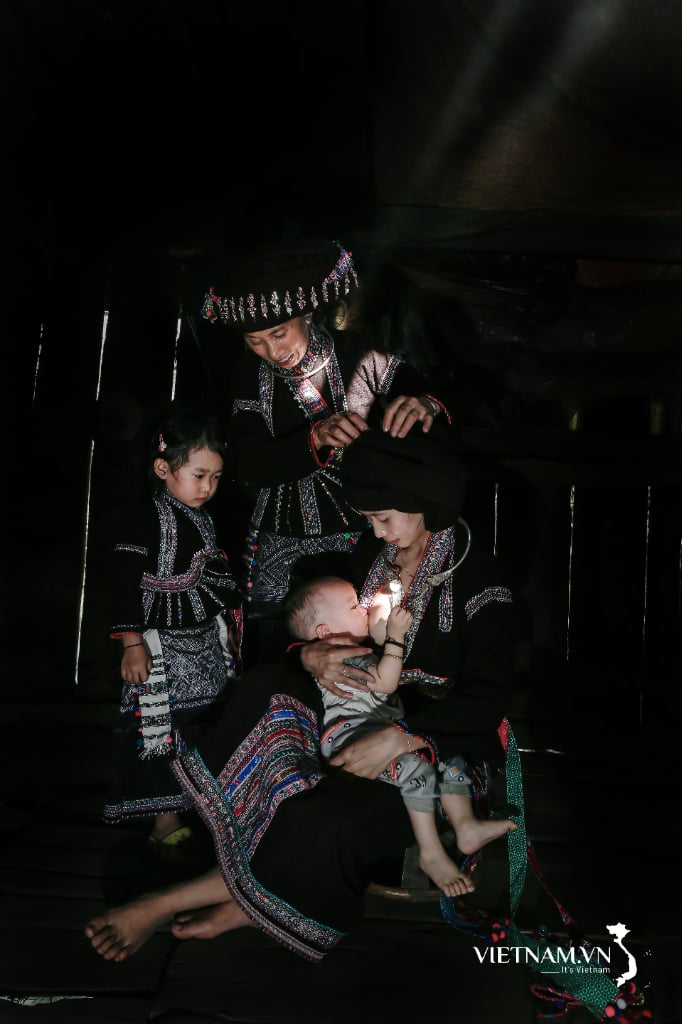



Comment (0)